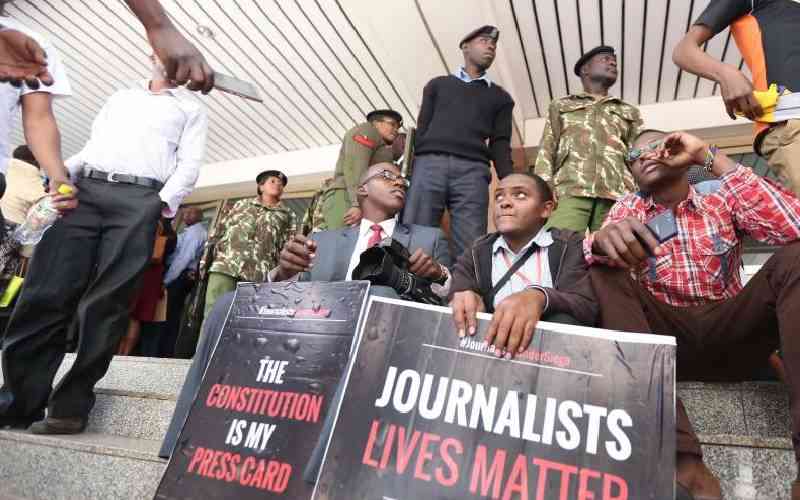
The last two decades have been stained by stories of police officers getting away with crimes against journalists.
From the March 2023 brutal attack on journalists covering Azimio la Umoja demonstrations, the beating of Standard journalist Nehemiah Okwemba, KTN videographer Timon Abuna and his colleagues Eric Isinta (NTV) and Mauritius Oduor (Citizen), Citizen journalist Reuben Ogachi to the high-profile shooting of Pakistani TV journalist Arshad Sharif, in 2022, the heinous murders of Francis Kaunda Nyaruri and John Kituyi in 2009 and 2015 respectively were all excesses against journalists.